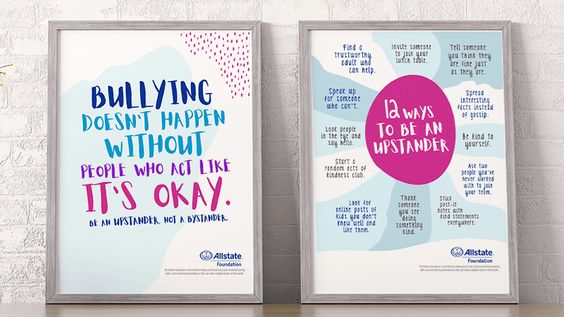Introduction:
Career and Technical Education (CTE) programs have become increasingly popular in recent years, as more schools recognize the need to prepare students for the workforce with valuable, hands-on experience. These programs offer students a chance to explore various career pathways and acquire the necessary skills for future success. Here, we will take a closer look at some of the top CTE programs in the nation and learn about what sets these programs apart from the rest.
1. Collaborative partnerships
One common factor in successful CTE programs is the emphasis on forming partnerships with local businesses, industries, and community organizations. These connections help create robust learning experiences for students by providing access to cutting-edge resources, industry knowledge, and mentorship opportunities. Partnerships also make it easier for students to transition from school to work, as they have a network of professionals supporting their career goals.
2. A focus on soft skills
While technical prowess is essential within CTE programs, it’s not enough on its own. Schools with advanced CTE initiatives also prioritize “soft skills” like teamwork, communication, problem-solving, and time management. These skills are universally valued by employers and can make a significant difference in a student’s ability to thrive in any career.
3. Comprehensive curriculum
High-quality CTE programs cover both theoretical knowledge and hands-on practice within their curriculum. Students are taught relevant concepts through traditional classroom settings before applying those theories in real-world scenarios or simulated environments. This well-rounded approach ensures that students are better prepared for the workforce and feel confident in their abilities upon graduation.
4. Early exposure
Amazing CTE programs often start exposing students to career opportunities early on, even at middle school levels. This helps students understand what different professions entail and aids them in making informed decisions about their futures. When students have clear goals early on, they are more likely to remain engaged throughout their education and see value in the CTE program.
5. Inclusive environment
Successful CTE programs aim to be inclusive, ensuring that all students have access to the opportunity to explore their passions and potential careers. By providing accommodations, resources, and support to every student, these schools strengthen the overall community and foster a sense of belonging among learners.
Conclusion:
Schools with fantastic CTE programs are achieving excellent results by focusing on collaborative partnerships, soft skills development, a comprehensive curriculum, early exposure, and inclusiveness. By examining these factors and implementing them in other educational settings, we can continue to improve the quality of CTE programs across the country. In doing so, we will ensure that students are better prepared to face the challenges of today’s workforce and contribute positively to our economy.











